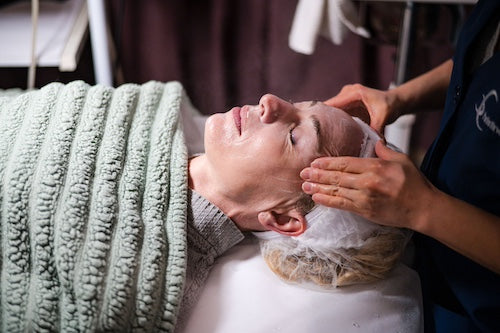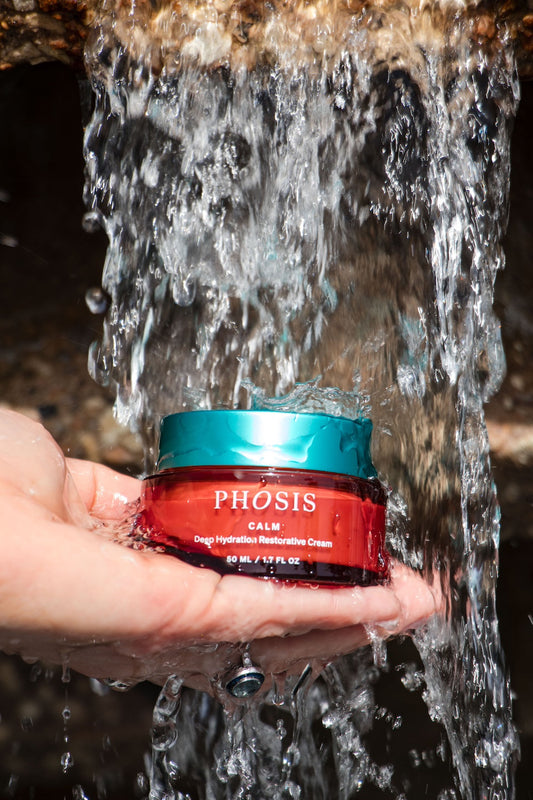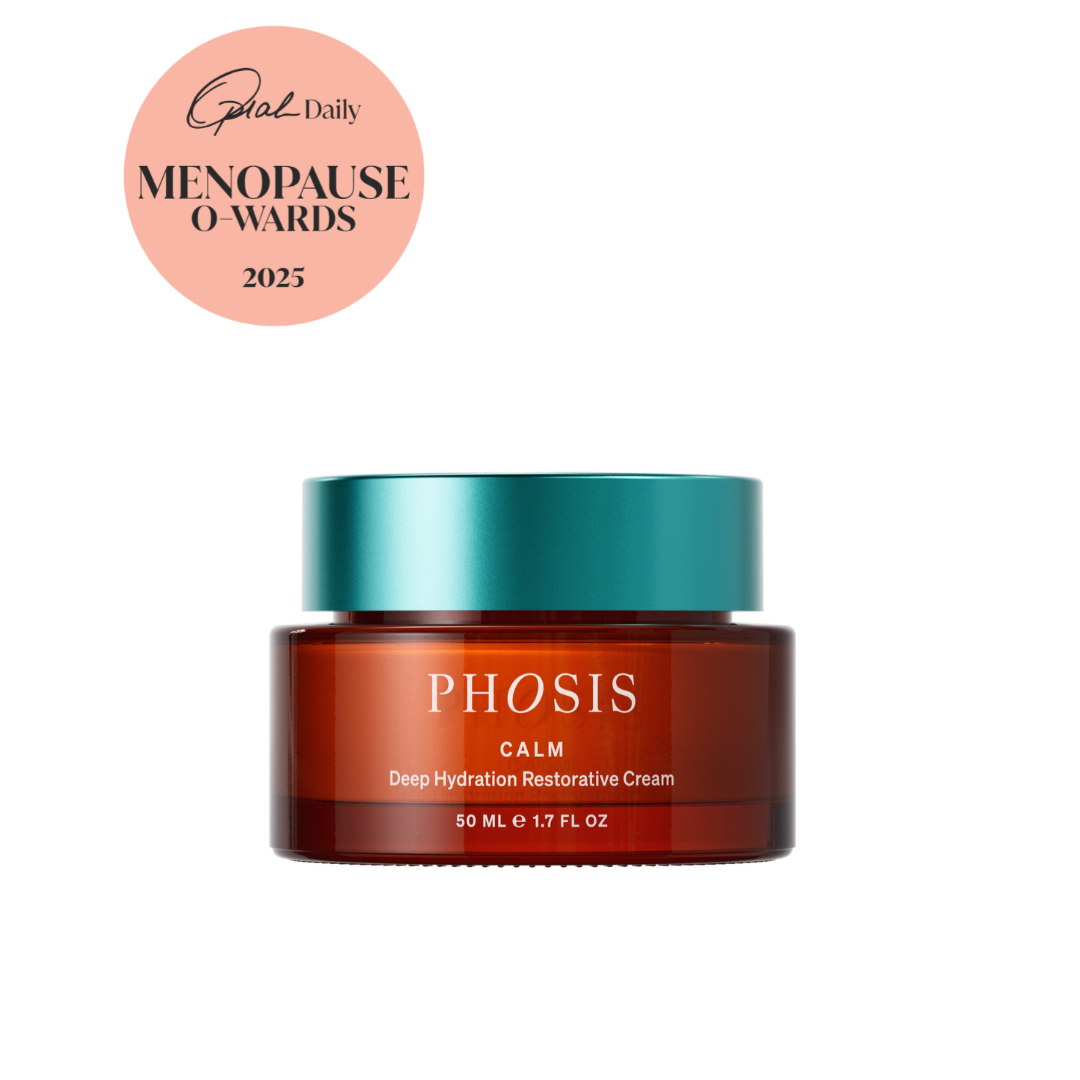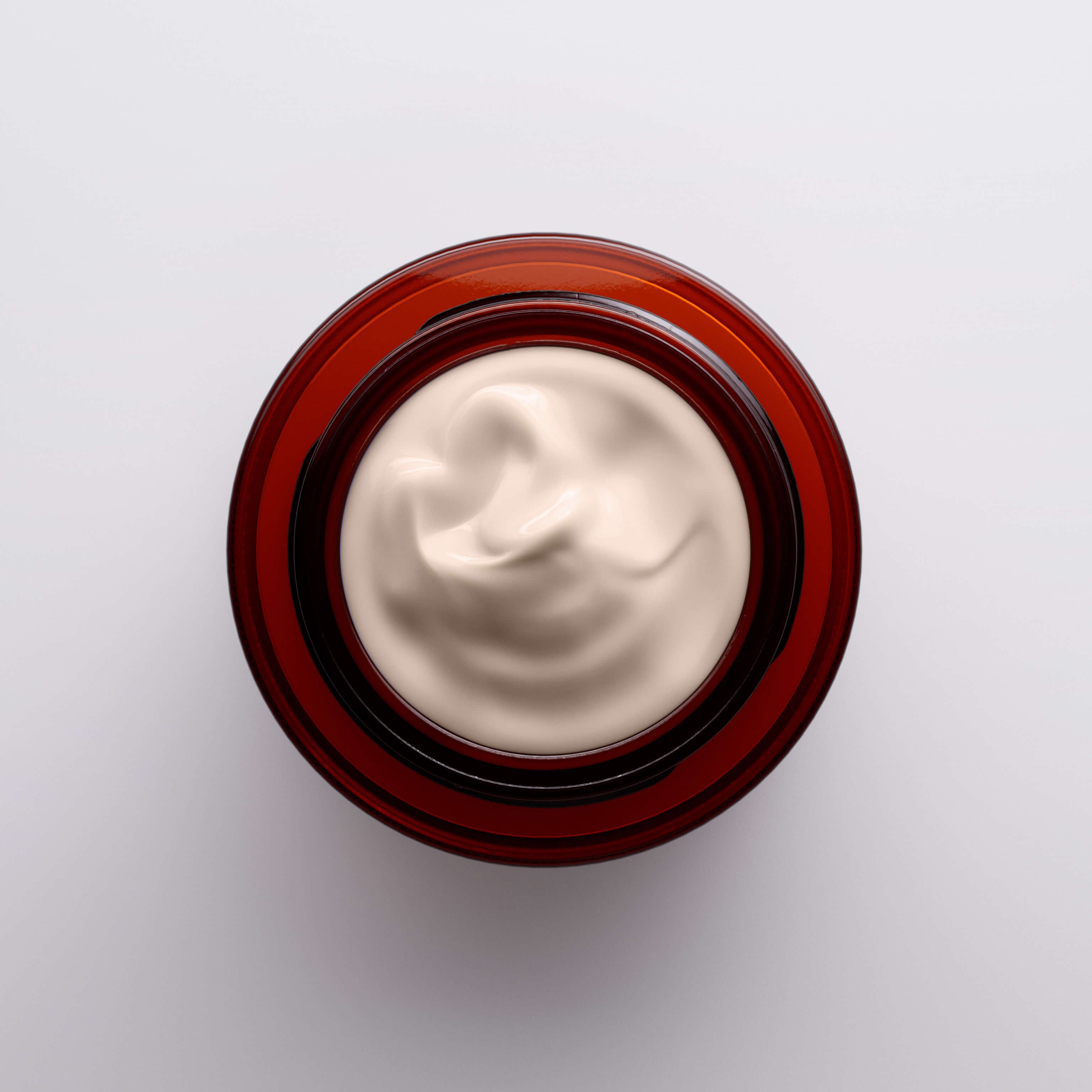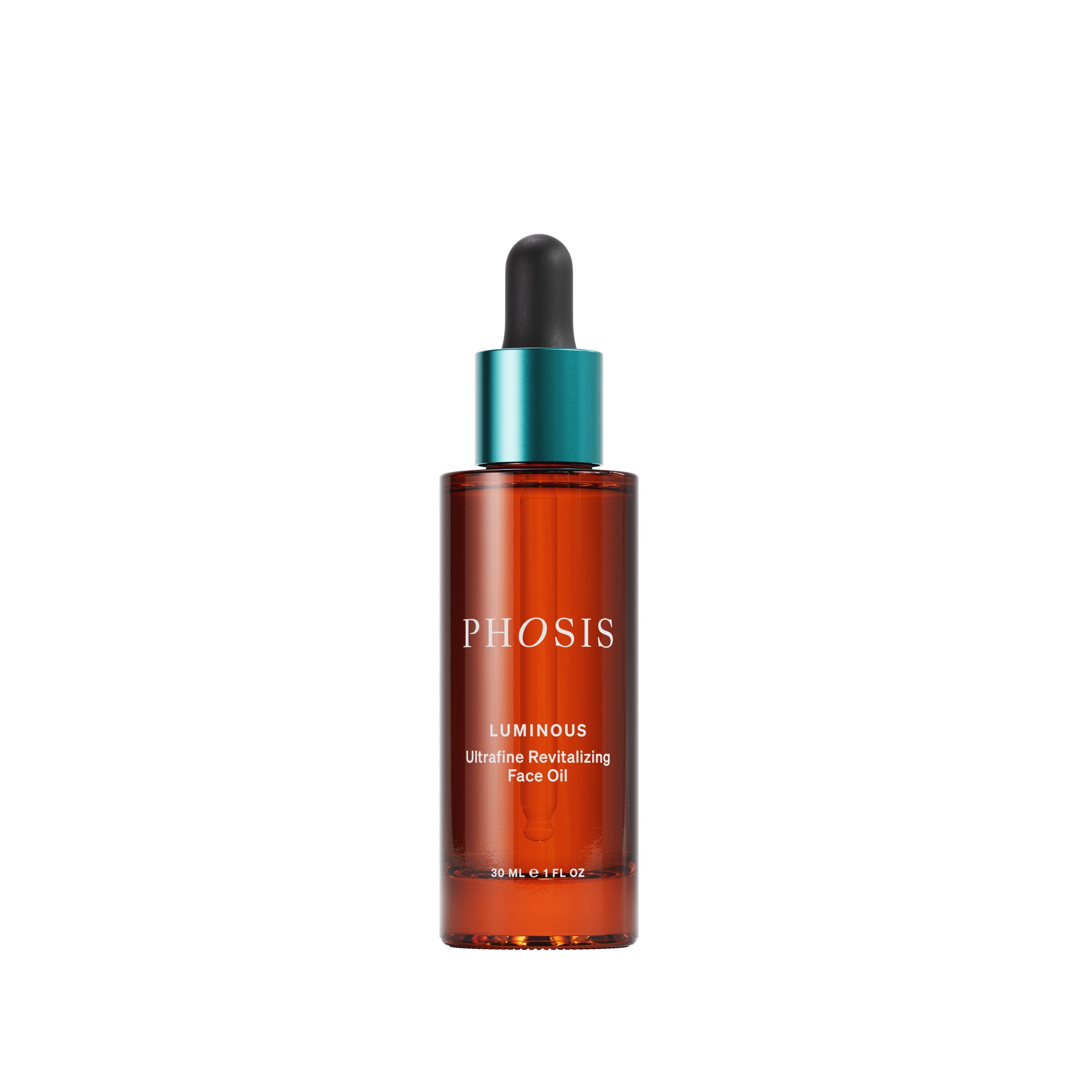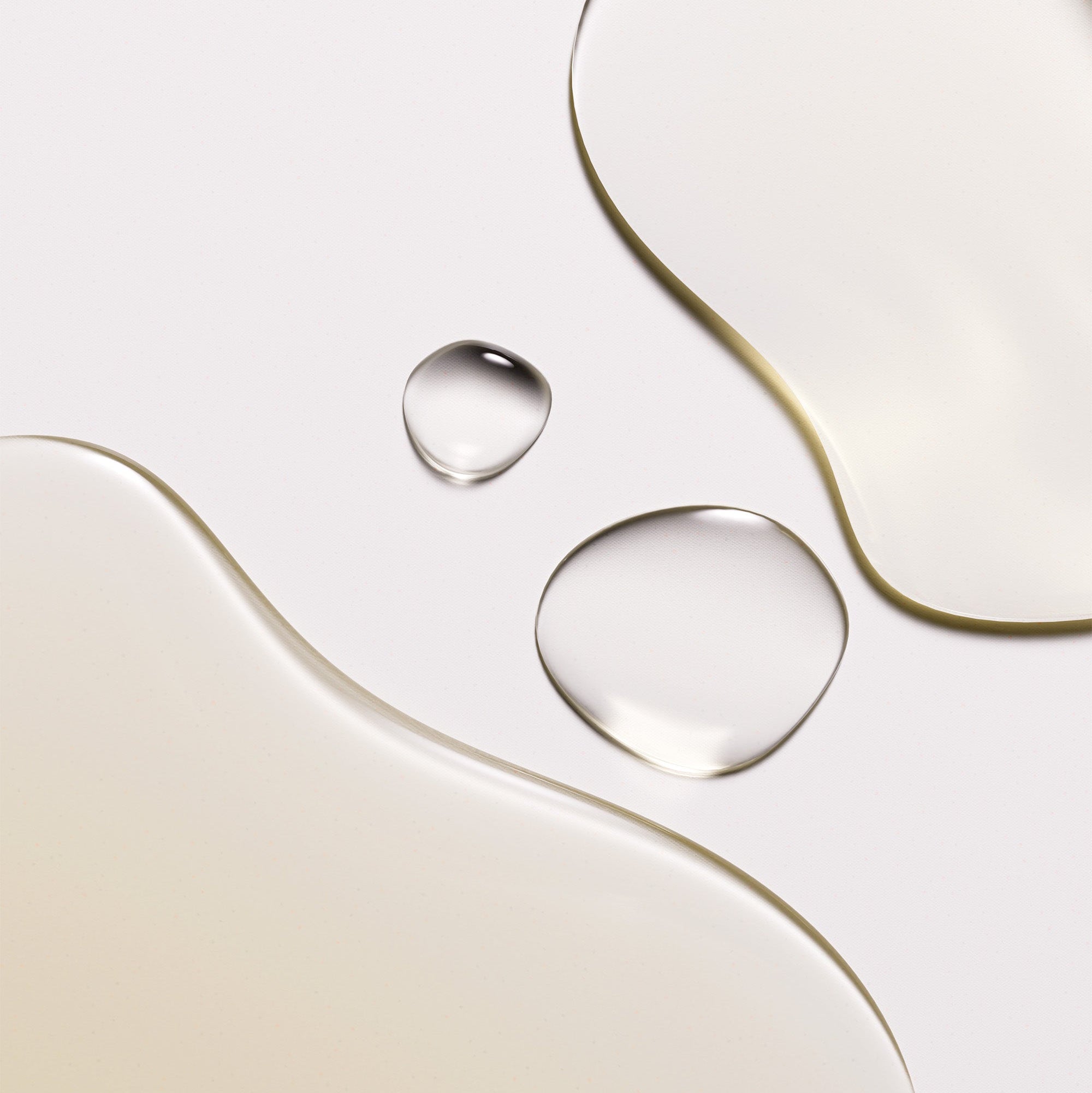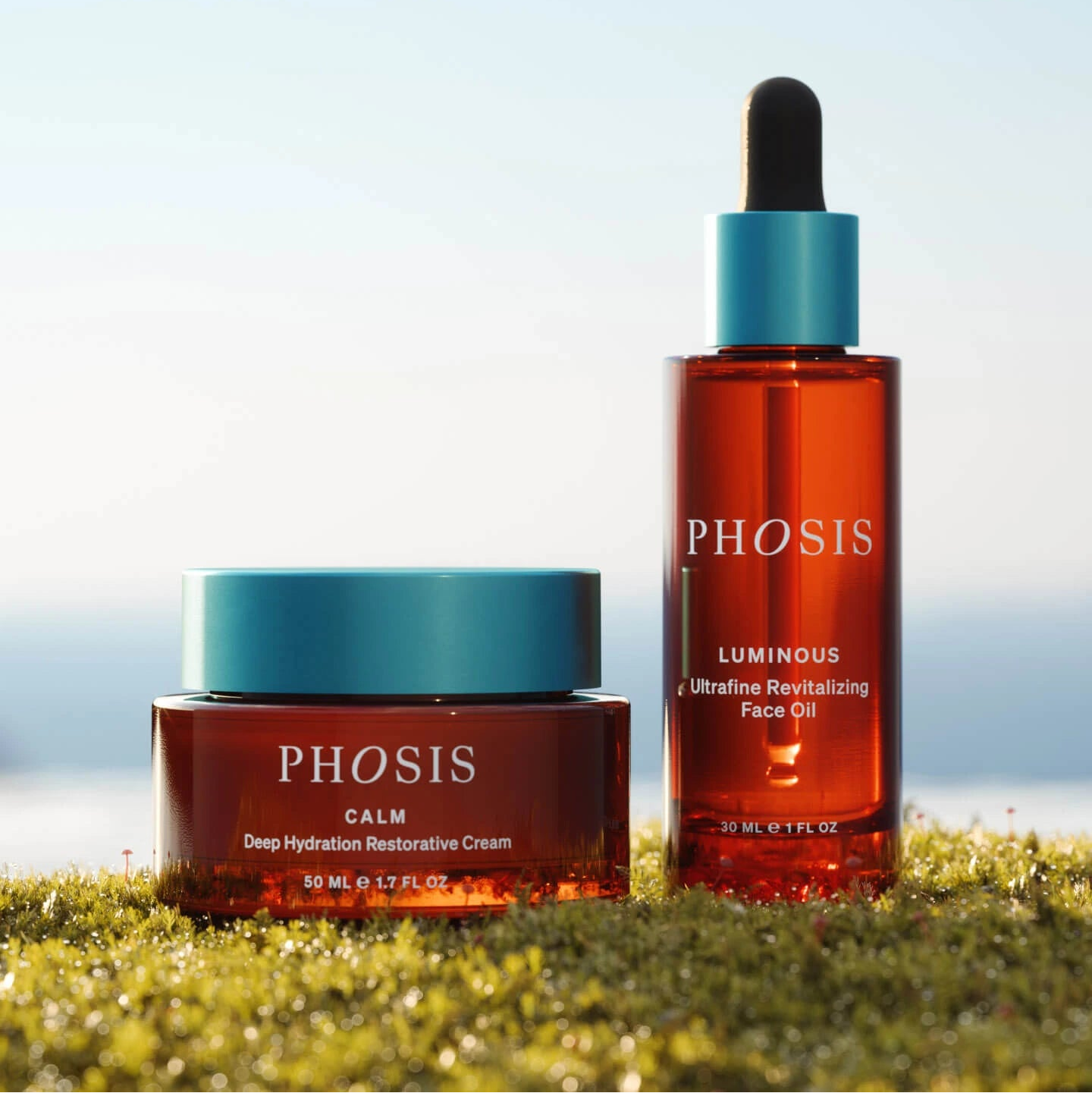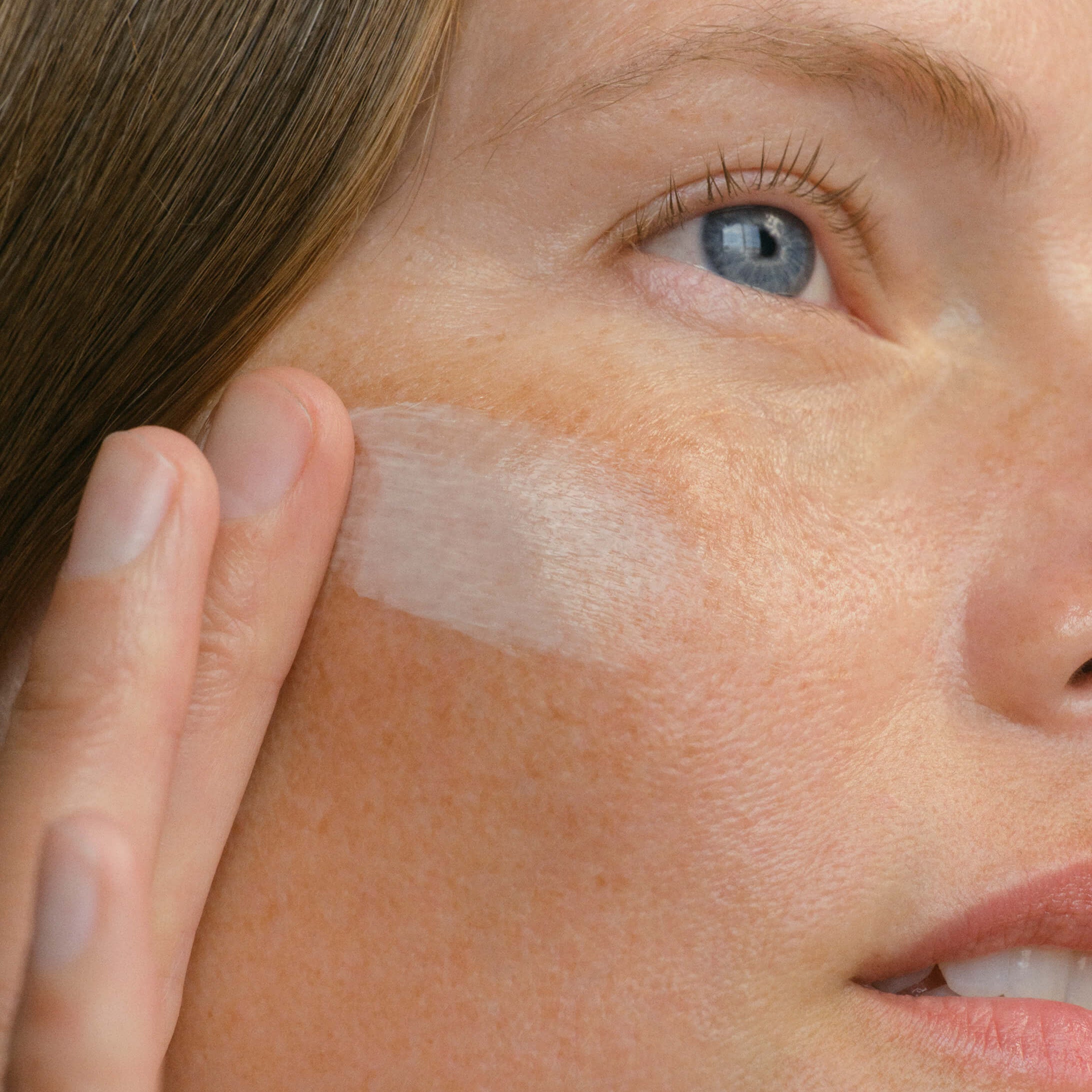My unconventional hobby is a gift that keeps on giving.
Tango Lessons. Gardening. Duolingo. Perimenopause is one of the best times in your life to start a new hobby. (The weirder, the better!) Why? Because it’s easy to fall into a rut and feel stuck at this age but a hobby — i.e. a pleasurable activity that’s not work — can unlock and cultivate a newfound sense of fulfillment and purpose in your life. After all, there’s nothing quite like finding a new life’s passion, finally mastering a skill on your bucket list, or experiencing something completely out of your comfort zone.
Not to mention how your body and mind will thank you for years to come! Did you know that having a hobby can lower blood pressure, cortisol, and improve your overall health? Think of it as an investment in your health and mental wellness as you age — a total win-win.
Have I tempted you to give pickleball a try? I hope so! My passion project isn’t quite as trendy as the popular sport, though it’s certainly buzzy (pardon the pun). It’s a unique hobby that requires spending a few hours each weekend outdoors tending to tens of thousands of tiny, furry (and occasionally moody) frenemies. For the past 5 years, I have fostered a colony of bees in my backyard. The experience has become an unexpected and delightful source of fulfillment and joy in my life.
Bees, as you may already know, are vital to our food supply because they pollinate vegetables, gardens, flowers, and plants, allowing them to grow and thrive. Honey bees in particular pollinate 80 percent of all flowering plants, including fruits and veggies. As awareness about the plight of bees grows, beekeeping has attracted more and more everyday enthusiasts and some famous ones too, including a Royal or two.
The honey is a delicious and uber-local perk, of course, but the act of caring for the colonies keeps me captivated, and yes, devoted to my hive. Beekeeping offers something that’s so important at this stage of life–a purpose that’s separate from a partner and kids launching into adulthood. Something just for me.

Decoding the Hive Mind
Beekeeping is a science and an art. In the beginning, this hobby felt like the ultimate brain challenge with so much information to learn. Observing and studying bees was like going back to school and required quite a bit of study. Cool fact: Bees are democratic; they truly work together in every way.
For example, take swarming—the bee’s yearly method of colony reproduction. The existing queen lays several queen cells and then takes 30-50 percent of the bees to a new colony. Once one bee finds a suitable spot, it does a waggle dance to let other bees know where to check out the potential new home. When enough bees all agree that the new home is suitable, then they swarm. For the bees that leave, they have decided prior to departure where to go. Meanwhile, back at the original colony, once a new queen hatches, she kills all the other queen larvae and begins her reign as the new queen.
Fascinating coordination, right? I highly recommend reading Honey Bee Democracy by Thomas D. Seeley to learn more about hive’s collective wisdom and decision-making,
Keep Calm and Carry On
Beekeeping is the ultimate mindfulness practice for me. What’s the natural instinct when a bee buzzes nearby? Usually the first reaction is to scream, swat the air with an arm, and lose your cool. As a beekeeper, you must be calm to take care of the bees. If they can sense fear or panic their instinct is to protect the hive, AKA attack you. Getting through a successful hive check takes patience and nimbleness. The longer the hive is open, the more distressed the bees become. (They even start to collectively “whine” if the hive has been opened too long.) But move too quickly and you’re likely to jostle the frames and boxes and kill bees, which sets off alarm pheromones to warn the other bees. It’s taken me years to get comfortable working with the bees and to recognize the signs of trouble in the hives.
My hobby is also an exercise in radical acceptance. Sometimes you can do everything right and things still won’t go your way. Bees leave. Hives are abandoned. Colonies collapse. Acceptance is necessary because this happens for no obvious reason. For example, one week I checked on a newly split hive. Everything looked okay. The queen looked good and was laying eggs well. It was a small colony, but I gave them plenty of resources (honey and pollen) to get started. Still, they all left. I couldn’t figure out why. Finally, I had to accept the loss and move on, and isn’t that an important life lesson worth learning?
Sweet Skin Perks
Honey is not only a delicious natural sweetener, it’s fantastic for your skin. Rich in proteins, amino acids, vitamins, and minerals, honey is a miraculous skin moisturizer and healing agent with antimicrobial properties that has been used in beauty and wellness practices for centuries. (It doesn’t get more old school than Cleopatra’s milk and honey bath!)
Today, honey is just as popular as a ubiquitous ingredient found in countless skincare and haircare products. While I don’t use honey in my skincare products because of the ethics around sourcing for mass production, I love drizzling it into DIY spa recipes and treatments. I use my own honey, and you can use whatever variety you keep at home.
In the mood for a spa moment? Honey, along with yogurt, is the star in my favorite (and insanely-easy) at-home mask recipes. Apply the mask recipe below once a week for the best results!

Step 1. Mix two tbsp of plain Greek yogurt with one tsp of honey. (Feel free to lick the spoon!) As a natural humectant, honey imparts tons of moisture to dry skin while the lactic acid gently exfoliates dull, dead skin cells.

Step 2. Spread a thin layer over freshly washed skin. Cover your neck and even your décolletage if you are so inspired.

This honey mask is gentle enough for tween and teenage skin if you want to do a "Mommy and me" spa day. While my son isn’t as excited about trying it, he’s always game for a selfie, which I'll take!
Step 3. Rinse off the mask after five to ten minutes. My skin always looks so bright and feels incredibly smooth afterwards. I always follow a mask treatment with a good moisturizer or facial oil.



